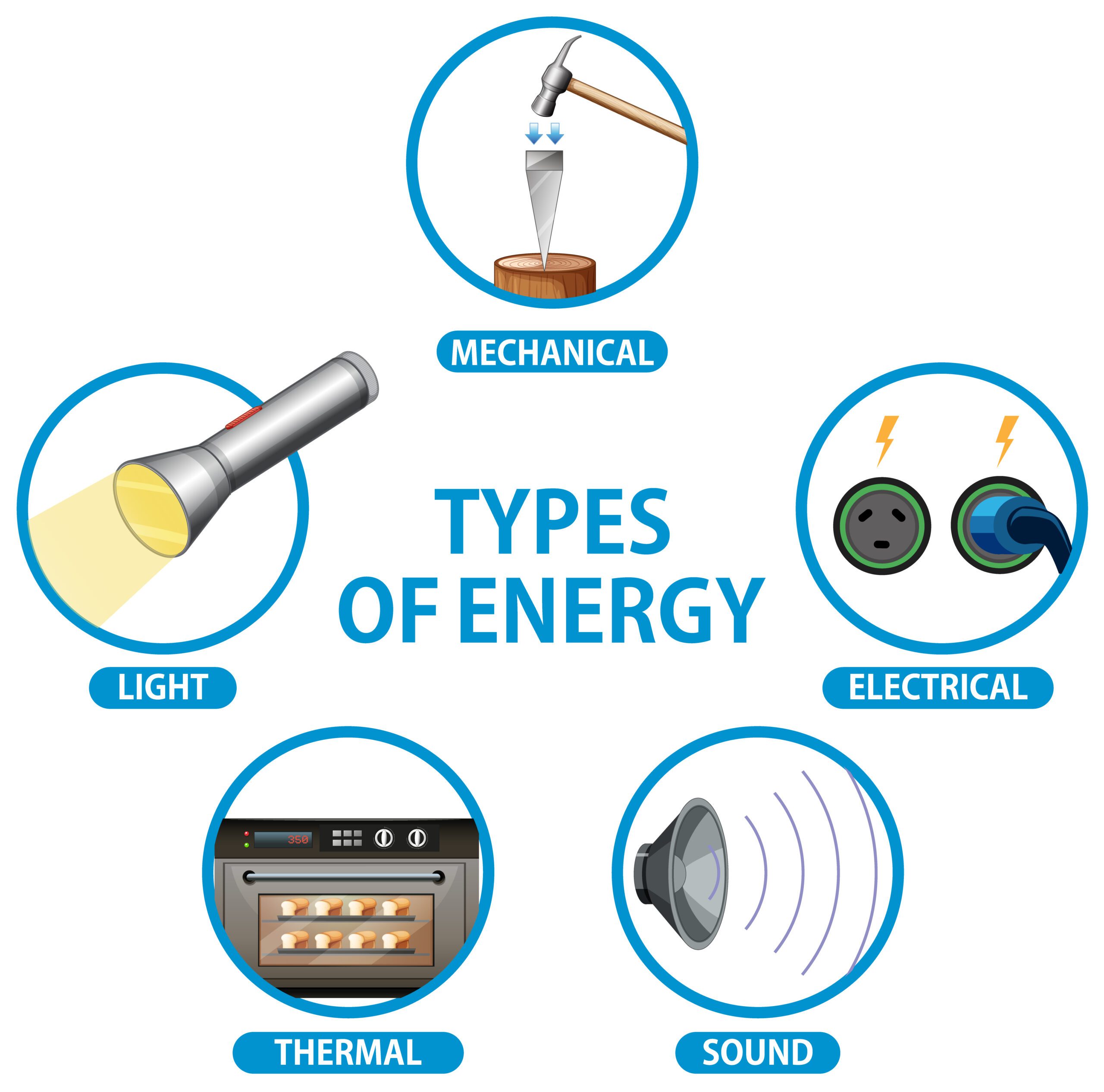The field of physics has witnessed some of the most profound and revolutionary discoveries in the history of science. Among these, the electroweak unification theory and the contributions of physicists Abdus Salam, Sheldon Glashow, and Steven Weinberg stand as monumental achievements that reshaped our understanding of fundamental forces and particle interactions.

- The Electroweak Theory: In the early 1970s, Abdus Salam, Sheldon Glashow, and Steven Weinberg independently developed the electroweak theory, a groundbreaking concept that unified two of the fundamental forces of nature: electromagnetism and the weak nuclear force. Prior to this unification, these forces were considered distinct entities with distinct behaviors.
- Electromagnetism and the Weak Force: Electromagnetism governs the behavior of electrically charged particles and electromagnetic radiation (light). The weak nuclear force, on the other hand, is responsible for processes like beta decay, which involve the transformation of one type of subatomic particle into another.
- Nobel Prize-Worthy Discovery: In 1979, Abdus Salam, Sheldon Glashow, and Steven Weinberg were jointly awarded the Nobel Prize in Physics for their groundbreaking work on the electroweak theory. Their discovery provided a unified framework that elegantly described the behavior of both electromagnetism and the weak force, simplifying the fundamental forces of the universe.
- Prediction of the W and Z Bosons: One of the remarkable predictions of the electroweak theory was the existence of new particles called the W and Z bosons. These particles were later experimentally confirmed, providing compelling evidence for the validity of the theory. The discovery of the W and Z bosons took place in 1983 at CERN, the European Organization for Nuclear Research.
- The Higgs Mechanism and the Higgs Boson: Abdus Salam, along with Steven Weinberg, made significant contributions to the development of the Higgs mechanism, a fundamental concept in particle physics. This mechanism explains how particles acquire mass. The existence of a particle associated with the Higgs mechanism, known as the Higgs boson, was also predicted. This elusive particle was eventually discovered in 2012 at CERN, confirming the final piece of the Standard Model puzzle.


- The Standard Model of Particle Physics: Sheldon Glashow’s contributions extended beyond the electroweak theory. He played a crucial role in the development of the Standard Model of particle physics, a comprehensive framework that describes the fundamental particles and their interactions. The Standard Model has become the foundation of modern particle physics and has been tested extensively through experiments at particle accelerators worldwide.
- A Unified Understanding of the Universe: The electroweak theory, the Higgs mechanism, and the Standard Model collectively provide a unified and mathematically elegant framework for understanding the behavior of subatomic particles and the fundamental forces that govern them. These discoveries have not only deepened our understanding of the universe but have also led to practical applications in particle accelerators, medical technologies, and more.
- Legacy and Influence: The work of Abdus Salam, Sheldon Glashow, and Steven Weinberg continues to inspire generations of physicists and remains a cornerstone of particle physics research. Their contributions have paved the way for further investigations into the fundamental building blocks of matter and the quest for a more complete theory that unifies all forces of nature, including gravity.
- Conclusion: The electroweak unification theory and the contributions of these three distinguished physicists—Abdus Salam, Sheldon Glashow, and Steven Weinberg—stand as shining examples of the profound impact that theoretical physics can have on our understanding of the universe. Their work has left an indelible mark on the field of particle physics and has deepened our appreciation of the elegance and unity of the fundamental forces that shape our world.






